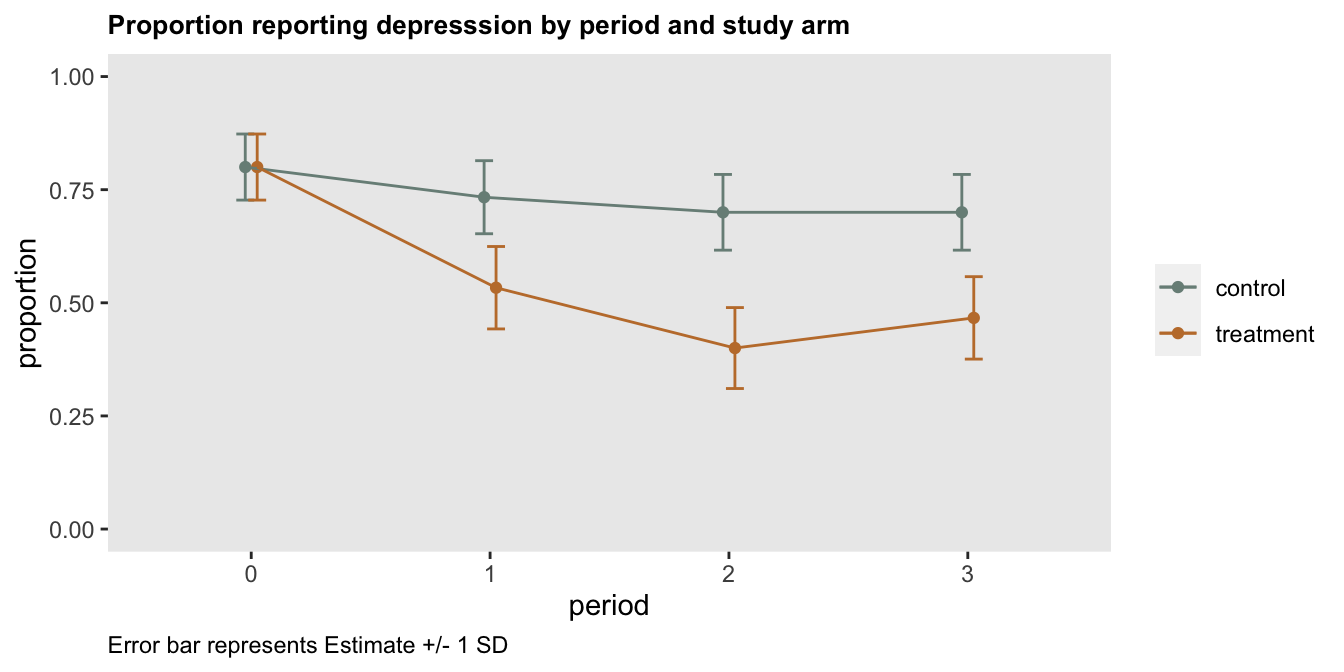

(6,7) The pervasive variation of protein thermal stability and activity are related to the regulation of transcription and metabolism. (6) Protein solubility and stability, especially thermal stability, are crucial for its activity. (5) More strikingly, the thermal stability of protein pervasively changes throughout the cell cycle and exhibits a notable correlation with ATP synthesis: it reduces in mitosis and recovers in interphase. (4) The proteome-wide study about the effect of ATP on protein thermal stability further demonstrated the global role of ATP in stabilizing proteins under cellular environment. As indicated in a recent study, ATP can act as an effective cosolvent that stabilizes protein structure, improves protein solubility, and inhibits liquid–liquid phase separation. (3) Both imply that ATP has other essential physiological functions. (1,2) Besides, ATP synthesis varies remarkably during cell cycle: it decreases by ∼50% in early mitosis as compared to the G2 level. As an energy currency, ATP at ∼100 μM concentration is sufficient for most ATP-utilizing enzymes, while the physiological concentration (1–10 mM) of ATP is 10- to 100-fold higher. ATP consists of an adenine base, a ribose sugar, and triphosphate with high energy phosphate bonds. Both ATP binding and the considerable improvement of thermal stability of ATP-bound protein were verified by experiments.Īdenosine 5′-triphosphate (ATP) can provide energy for biochemical reactions within cells. The ATP cluster can effectively reduce the fluctuations of the vulnerable region and thus stabilize the protein against thermal perturbations. More interestingly, in Mg 2+-free ATP solution, Na + at higher concentration (150 mM under physiological conditions) can similarly mediate the formation of the ATP cluster on protein. The bound ATPs further assemble into ATP clusters mediated by Mg 2+ and Na + ions. These regions are also vulnerable to thermal perturbations. ATP tends to bind to the surface regions with high flexibility and high degree of hydration. In this work, we used molecular dynamics simulation and experiments to study the interactions of ATPs with three proteins: lysozyme, ubiquitin, and malate dehydrogenase. The ultrahigh efficiency of ATP suggests a unique mechanism that is fundamentally different from previous models of cosolvents. Recent experiments suggested that ATP can effectively stabilize protein structure and inhibit protein aggregation when its concentration is less than 10 mM, which is significantly lower than cosolvent concentrations required in conventional mechanisms.


 0 kommentar(er)
0 kommentar(er)
